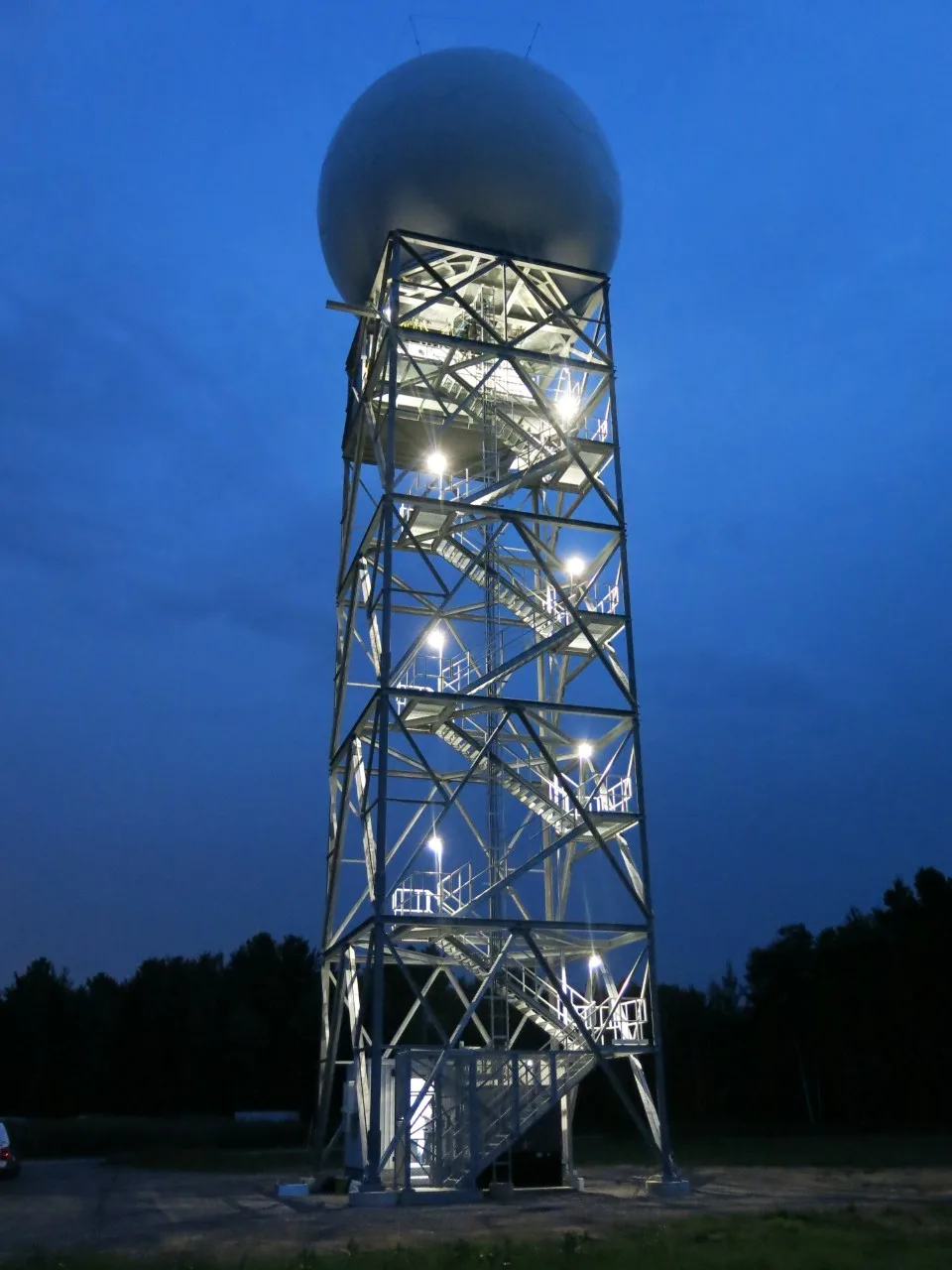Blainville – Canadians today are facing more frequent, costly, and dangerous extreme weather events, a development long predicted by climate change modelling. State-of-the-art weather services are becoming more important than ever to keep Canadians safe. That is why the Government of Canada invested $180.4 million since 2016 to fully modernize 32 state-of-the-art weather radars across Canada, and one training radar.
Powerful, accurate, and long-range weather radar is critical to providing Canadians with early warnings of extreme weather, including deadly heat domes, heavy rainfall that can cause dangerous local flooding, storm surges, and other imminent threats. Minister Steven Guilbeault marked Emergency Preparedness Week with a tour of the new radar in Blainville, Quebec. The facility is one of Canada’s network of 32 new radar weather stations and one new training radar that were completed on time and under budget in August 2023.
To help make the most of these new weather radars, Budget 2024 is committing $6.9 million over five years, starting in 2024–2025, for the Meteorological Service of Canada’s early warning system for extreme weather events with a focus on floods and storm surge.
Emergency Preparedness Week serves as a reminder of Canada’s commitment to weather services amidst climate change. The new state-of-the-art and sustainable radar network underscores the government’s dedication to enhancing resilience and preparedness, urging citizens to take action to protect themselves, their families, and communities during emergencies.
The installation of these radars represents a significant advancement in weather forecasting technology. The station in Blainville, Quebec, now gives forecasters a greater ability to predict severe weather in the Montréal area, providing updates every six minutes instead of the previous 10-minute cycle. The effective range of the new radars has been extended to 330 kilometres from the previous standard of 250 kilometres, providing Canadians with more lead-time to take appropriate actions to protect themselves, their family, and their property from the effects of severe weather.
The completion of the radar modernization project aligns with Canada’s National Adaptation Strategy—a shared vision aimed at transforming the way governments and Canadians work together to reduce risks by taking action before disaster strikes. Early action to prepare for, and adapt to, the changing climate can build communities and economies that are able to thrive for generations to come.
“Climate change is not a distant threat for Canadians. We are all experiencing its impacts in the frequency and intensity of costly extreme weather events and droughts that help fuel wildfires. Environment and Climate Change Canada is committed to providing as much early warning as modern technology allows to help keep Canadians and their families safe. By investing in cutting-edge weather technology and meteorological services, we are not just predicting storms; we are safeguarding lives, livelihoods, and the future of Canadians.” – Steven Guilbeault, Minister of Environment and Climate Change








